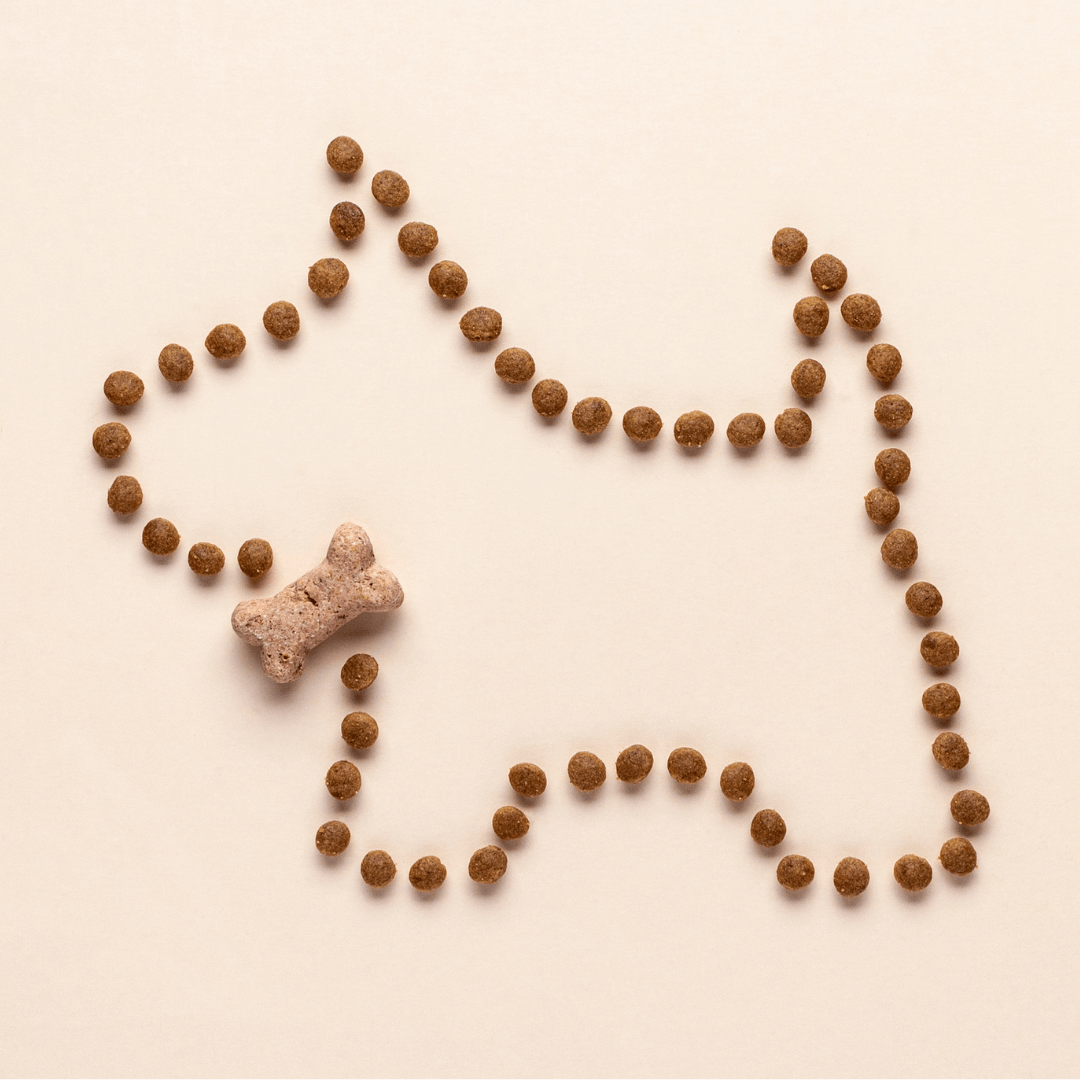 Rumored Purina Recall
Rumored Purina Recall
Jan 11, 2024
Purina Pro Plan and Purina Veterinary diets have become the subject of discussion on social media at the beginning of 2024. In an effort to make sure our clients have the best verified information availlable
Learn More Holiday hazards: Identify and conquer!
Holiday hazards: Identify and conquer!
Nov 29, 2023
We’re sure you’re all busy making plans for a memorable Christmas holiday. We’d like to provide you with information that will make it easier to include pet safety in those preparations and avoid common holiday hazards. The following are some of the top hazards pets encounter during the holiday season. Christmas trees Pets can incur […]
Learn MoreNov 18, 2023
While the situation will continue to evolve, the current recommendations are to keep your pets up to date on vaccination and monitor for signs of illness.
Learn MoreJul 7, 2022
Every year between June and August we see many dogs with these pesky pokey little grass seeds (foxtails) working their way into feet, ears, and even under eyelids. Sometimes they require surgery to be removed. You will see grass seeds typically growing in clumps (but can be more sparse) under trees, along sidewalks, and in any grassy areas such as parks.
Learn MoreAug 20, 2021
Why pet insurance? Pet owners must be prepared to take on the financial responsibility of maintaining a pet’s health and well-being. An unexpected illness or accident can take a toll on your finances. Public demand for optimal pet care has advanced veterinary emergency medical procedures and treatments. This has in turn increased the costs of […]
Learn More

